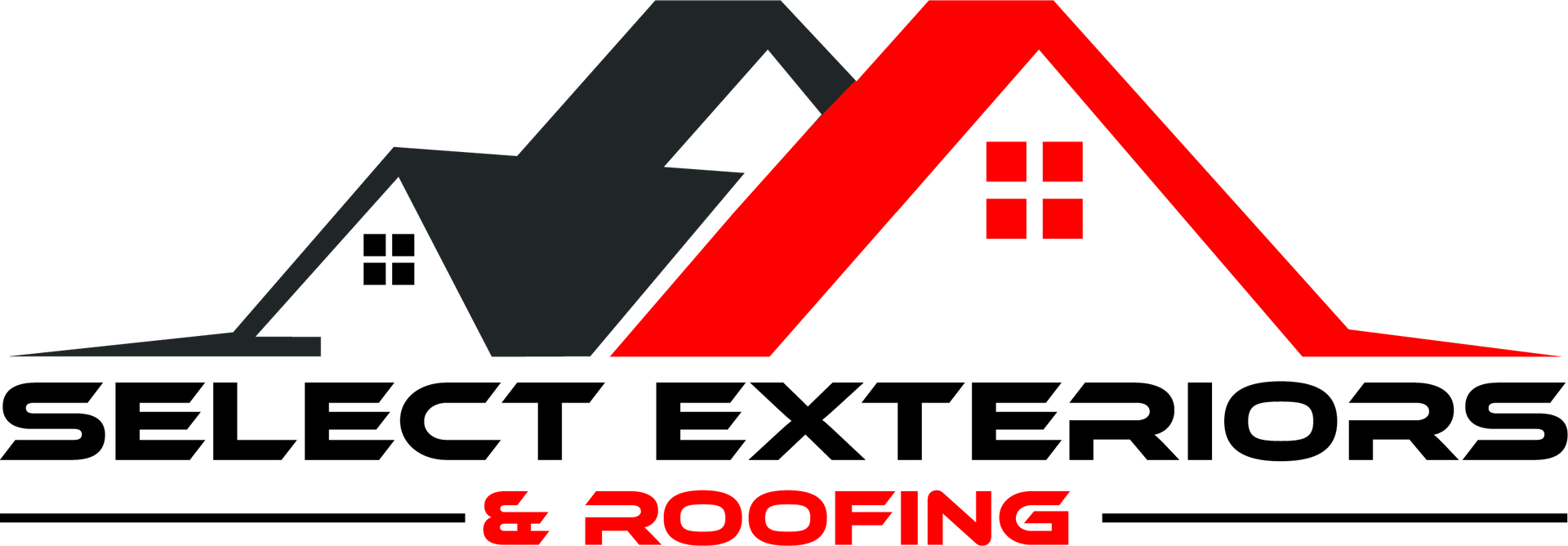Why Your Roof Leaks After Heavy Rain—and What You Can Do About It

Table of Contents
- Understanding Roof Leaks After Rain
- Common Causes of Roof Leaks
- Damaged or Missing Shingles
- Clogged Gutters and Downspouts
- Improper Flashing and Sealants
- Roof Age and Wear
- How to Spot Warning Signs Early
- Leaky Roof Repair Options That Actually Work
- Preventing Future Leaks
- When You Should Call the Experts
- Conclusion
Key Takeaways
- Roof leaks after rain often result from multiple issues, not just one.
- Early detection and timely intervention can save thousands in structural damage.
- Knowing the common causes of roof leaks helps homeowners prevent recurring problems.
- Professional leaky roof repair ensures long-term protection and peace of mind.
Understanding Roof Leaks After Rain
Experiencing a leaky roof can turn an otherwise peaceful day into a stressful scramble. When water starts seeping through your ceiling or dripping into your attic, it’s more than just an inconvenience—it’s a signal that your home is at risk. We’ve seen this countless times in older homes, especially after heavy storms. Water doesn’t just damage the roof; it can compromise insulation, ruin ceilings, and even weaken structural framing over time.
When we talk about roof leaks after rain, it’s important to understand that water usually finds the path of least resistance. Even a small gap in shingles or flashing can allow water to travel deep into your home. That’s why identifying the problem early and acting quickly is essential. Many homeowners try quick fixes, like temporary sealants or tarps, but these solutions rarely hold up in the long run.
From our experience working on homes in older neighborhoods, a roof leak is rarely caused by just one thing. More often, it’s a combination of age, weather damage, clogged drainage, and minor maintenance issues that snowball into a full-blown problem. Let’s dive into the most frequent culprits so you know what to watch for.
Common Causes of Roof Leaks
Damaged or Missing Shingles
Shingles are the first line of defense against rain, wind, and debris. Over the years, they can crack, curl, or completely break away, leaving vulnerable spots for water to seep in. We’ve walked countless roofs after storms where a few missing shingles created leaks that caused hundreds of dollars in interior damage.
Wind storms, hail, or even overhanging tree branches can damage shingles suddenly. In older homes, it’s common to find shingles that have weathered to the point of becoming brittle and ineffective.
Practical tip: After any significant rain or storm, inspect your roof from the ground with binoculars if necessary. Look for lifted, cracked, or missing shingles. Replacing them as soon as possible drastically reduces the risk of further water damage. Learn more about roofing services we offer for damaged shingles.
Clogged Gutters and Downspouts
It might seem minor, but clogged gutters are a top cause of leaks we encounter. Gutters are supposed to carry water away from the roof and foundation. When leaves, dirt, or debris clog them, water can pool along the roof’s edge, finding its way under shingles or along flashing seams.
We’ve repaired numerous homes where homeowners blamed their roofs, only to discover that a simple gutter cleaning would have prevented the leak entirely. Overflowing gutters can also cause damage to fascia boards and siding, compounding the problem.
Practical tip: Schedule gutter cleaning at least twice a year—more often if you have large trees nearby. Installing gutter guards can reduce the frequency of maintenance and help prevent water backflow that leads to leaks.
Improper Flashing and Sealants
Flashing is the metal or rubber material installed around chimneys, vents, skylights, and joints to seal areas prone to leaks. When flashing is improperly installed, rusted, or detached, it’s a prime entry point for water. Old or deteriorated sealants exacerbate this problem.
We remember a home where the flashing around a chimney was barely holding on. After the first big rain, water poured into the attic, causing mold to form in less than a week. It was an expensive lesson in why proper flashing maintenance is non-negotiable.
Practical tip: Inspect flashing annually, especially around high-risk areas like chimneys, skylights, and vent pipes. If you notice any rust, gaps, or cracked sealant, schedule a leaky roof repair immediately. Proper flashing installation is one of the most effective ways to prevent leaks.
Roof Age and Wear
No roof lasts forever. Asphalt shingles usually endure 20–25 years, while metal or tile roofs can last longer but still experience wear. Older roofs are particularly vulnerable during heavy rain because even small imperfections can allow water to enter.
If you’ve recently purchased an older home, it’s common to inherit a roof with hidden vulnerabilities. A roof might look intact from the street, but a detailed inspection can reveal loose shingles, damaged underlayment, or subtle sagging—all potential causes of roof leaks after rain.
Practical tip: Know your roof’s age and history. Regular inspections are crucial for older homes. If your roof is nearing the end of its lifespan, consider replacement rather than repeated repairs. We also recommend reviewing our guide on choosing the right roofing material for long-lasting protection.
How to Spot Warning Signs Early
Identifying a leak early can prevent a small problem from turning into a costly disaster. Here are some warning signs we always recommend homeowners watch for:
- Water stains or discoloration on ceilings and walls, especially after rain.
- Mold or mildew growth, which can indicate hidden moisture in the attic.
- Sagging areas on the roof or shingles that appear uneven.
- Drips in the attic or unexplained damp spots along roof joints.
Even a minor drip can indicate a larger underlying issue. Paying attention and addressing these signals early is the difference between a small repair and a major replacement.
Leaky Roof Repair Options That Actually Work
Once a leak is identified, the next step is repair. The right solution depends on the source and severity of the damage. Here’s what we recommend:
- Shingle Replacement – For minor leaks caused by broken or missing shingles, replacement is usually straightforward and cost-effective.
- Flashing Repair or Replacement – If water is entering around chimneys, vents, or skylights, repairing flashing or resealing joints often solves the problem.
- Sealant Application – Temporary or minor leaks can sometimes be stopped with high-quality roofing sealant, but this is rarely a permanent solution.
- Roof Replacement – For older roofs or widespread damage, full replacement may be the most practical choice. It’s a larger investment upfront but prevents repeated leaks and future headaches.
From our perspective, a small patchwork repair can work, but it rarely gives the peace of mind homeowners want. We often encourage clients to invest in professional leaky roof repair, which addresses the root cause and protects the home long-term.
Preventing Future Leaks
Prevention is always better than cure. Homeowners who stay proactive rarely call us in an emergency. Steps we recommend:
- Schedule regular roof inspections, especially after storms.
- Keep gutters and downspouts free of debris.
- Trim tree branches that hang over the roof.
- Ensure flashing and sealants are maintained and intact.
- Consider installing quality underlayment beneath shingles for extra waterproofing.
Taking these steps prevents
roof leaks after rain and extends your roof’s lifespan.
When You Should Call the Experts
There’s a time for DIY fixes and a time to call the pros. If you notice persistent leaks, large areas of missing shingles, or structural damage, professional intervention is critical. A qualified roofing contractor can:
- Pinpoint the exact source of the leak.
- Repair or replace damaged shingles and flashing properly.
- Recommend whether a partial repair or full roof replacement is needed.
- Provide warranties for materials and workmanship, giving peace of mind.
A small upfront cost for professional repair often saves tenfold in avoided water damage, mold remediation, and structural fixes. Contact us today for reliable service: Select eXteriors & Roofing.
Conclusion
Dealing with roof leaks after rain can feel overwhelming, but understanding the common causes of roof leaks and addressing them quickly makes a world of difference. Whether it’s replacing damaged shingles, cleaning gutters, or repairing flashing, timely leaky roof repair keeps your home safe, dry, and structurally sound.
At
Select Exteriors and Roofing, we’ve helped countless homeowners protect their homes from water damage while boosting curb appeal and home value. If you’re dealing with leaks, notice storm damage, or just want peace of mind with a thorough inspection, reach out to us via contact page, call
(573) 303-5000, or email
info@select-exteriors.com. We’re ready to help your home weather the next storm with confidence.
Frequently Asked Questions
Why do we often experience roof leaks after rain?
We’ve found that roof leaks after rain usually happen due to damaged shingles, clogged gutters, or worn flashing. Water finds the smallest gaps, so even minor issues can lead to serious leaks if we don’t address them quickly.
What are the most common causes of roof leaks?
From our experience, the common causes of roof leaks include missing or cracked shingles, clogged gutters, improper flashing, and general roof wear. Identifying these early helps us prevent bigger problems down the line.
How can we perform a leaky roof repair effectively?
We handle leaky roof repair by inspecting the source, replacing damaged shingles, fixing flashing, and sealing leaks properly. Temporary fixes rarely last, so professional repair ensures long-term protection.
Can roof age contribute to leaks after heavy rain?
Absolutely. We’ve noticed that older roofs are prone to leaks after heavy rain because small imperfections, worn shingles, or aging underlayment let water in. Regular inspections help us catch these issues early.
How do we prevent recurring roof leaks after rain?
We prevent recurring roof leaks by keeping gutters clean, maintaining flashing and sealants, trimming overhanging branches, and scheduling regular roof inspections. Proactive care keeps our homes dry and protected.


